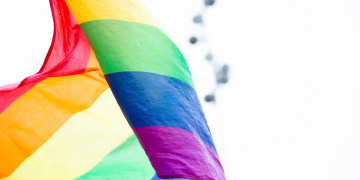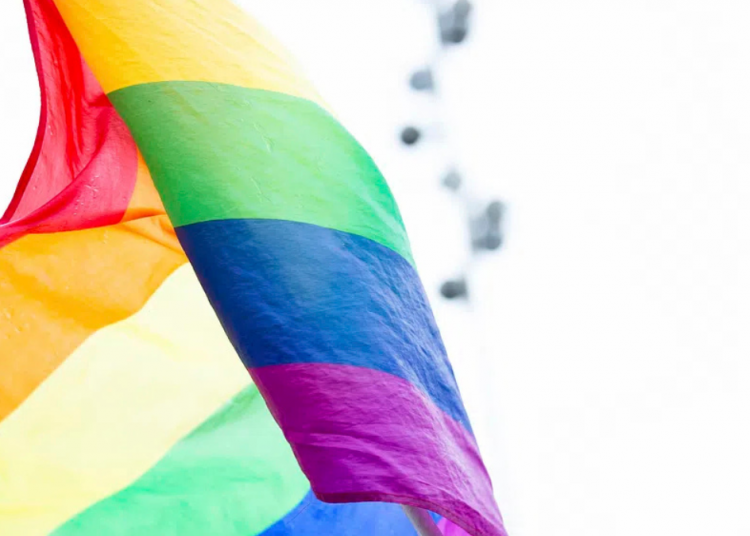A new study from the Williams Institute at UCLA’s School of Law estimates that about 2.8 million Americans aged 13 and older—roughly one percent of the population—now identify as transgender. More than three-quarters of those who identify as transgender are under the age of 35.
This trend reflects what many parents and researchers, including Dr. Lisa Littman, have described as a form of social contagion. Littman’s work on rapid-onset gender dysphoria suggests peer groups and online communities play a powerful role. The fact that three-quarters of transgender-identifying individuals were born after 1990—the first generation raised with the internet and later the smartphone—underscores that connection. Parents across the country have shared stories of children embracing gender ideology after heavy online exposure.
ransgender-identifying children were virtually unheard of in 1990. If silence or stigma had suppressed such identities in past generations, today’s climate of openness should show more balanced numbers across all age groups. Instead, the data reveal steep drops as age increases: 3.3 percent of teens 13–17 identify as transgender, compared to only 0.4 percent of those aged 35–64 and 0.3 percent of those 65 and older.
NBC News praised the study as one of the most comprehensive to date, with co-author Andrew Flores noting that better data collection has improved youth estimates.
These findings come amid a broader cultural shift among younger generations. Surveys show nearly a quarter of Gen Z now identify as LGBT or “genderqueer,” compared to under 3 percent of the overall population just years ago. Meanwhile, Gallup reports Republican support for same-sex marriage has fallen sharply, dropping from 55 percent in 2022 to 41 percent today. Together, these trends reflect widening cultural divides over sexuality, gender, and the future of American family life.




















Discussion about this post